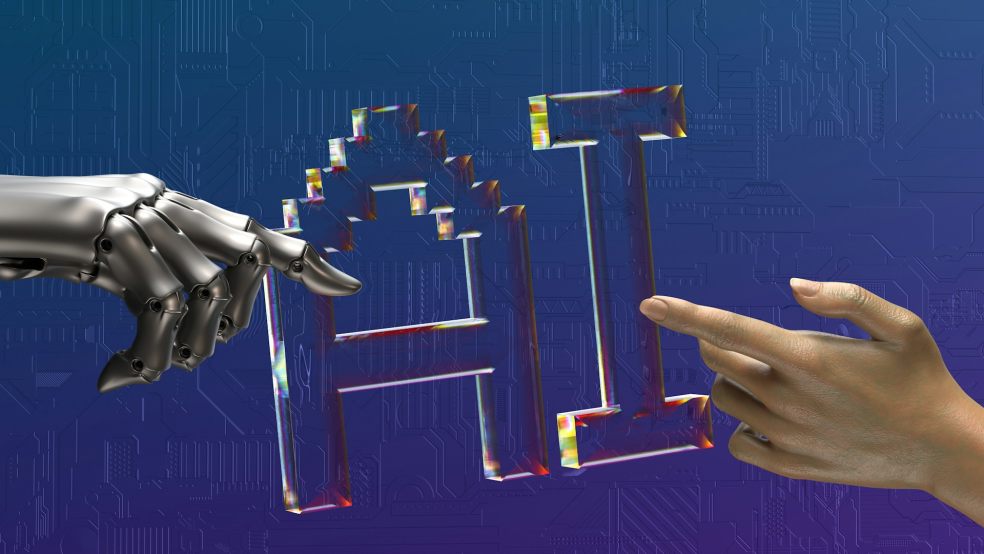
How is AI changing game development for the better?
Unless you’ve somehow avoided it over the past few years, artificial intelligence (AI) is all around us. It’s in our phones; it’s helping us to touch up photos, and make edits to emails – there’s no escaping it. And, understandably, it’s also helping to support the often complex and costly world of games development.
From online games to slots, mobile apps to console classics, generative and supportive AI tools help talented developers fine-tune their creations without making hours and hours of painstaking effort. AI isn’t taking any jobs away in this regard – thankfully, it seems to be supporting them and the work we all do!
So, let’s take a quick look at how AI is helping to make game development easier and more efficient – and what we can look forward to in the future.
A focus on user experience
One of the key reasons why AI is becoming so popular in areas such as games development is that it’s helping developers to produce experiences more in tune with what players really want. It’s not so much about producing the flashiest graphics or the longest campaigns, but using AI to learn more about what people loved from previous titles.
Market research is absolutely vital in games development. You can’t produce the games you want and expect audiences to immediately pick up on it. Mobile apps such as Angry Birds, for instance, have continued to see incremental development based on user feedback and changing tastes. Also, there are live game shows at 21 – which continue to change shape based on players’ wants and needs.
Essentially, AI is helping developers bridge the gap between themselves and players more succinctly. By deploying AI to read feedback and to understand what players really liked about previous games and iterations, developers make fewer mistakes and are more likely to build up their audiences.
It’s changing the way that we make art
Generative AI image creation is certainly nothing new, but video game developers are harnessing some of the more advanced tools out there to help build the foundations for character and background visuals that would, typically, take them hours of dedicated creativity and effort!
The same applies to 3D modelling. Modelling 3D characters and objects has traditionally taken hours at a time due to the computation required to render complex graphics. AI, thankfully, has taken some of this effort away by producing high-quality graphics in a fraction of the time.
That said, there will still be a need for human expertise, at least for now. Human developer oversight is required so that the designs and models that AI produce are on-spec and are usable within the game world in question.
What’s more, there are always concerns regarding copyright and generative AI – meaning that many games developers need to be conscious of changing enough of their generated results so that they are unique and can be transformed into their own intellectual properties.
It’s creating endless possibilities for players
One of the more curious ways that AI is supporting games development is in dynamic generation, which means that certain gameplay elements can be fully randomised and automated during play. For example, some dungeon crawler players might find that certain dungeons and areas change from play to play. Or, RPG quests might look completely different and have novel enemies and items with each reset.
This is helping to keep games fresh and exciting – and while developers must still create the frameworks and worlds that their games need to work on, it’s an interesting technique that helps to boost the longevity of what might otherwise be fairly simple games.
What does the future of AI in gaming look like?
AI and gaming are unlikely to split apart anytime soon. Just as AI imagery is commonplace across the web now, AI-supported games are going to become the norm, and will likely inspire generations of developers for decades to come.
One trend that we might see with AI games development in the years ahead is the creation of characters that adapt smartly to their players and the environments around them. This could change every single playthrough – meaning that, again, we can expect unlimited longevity from some titles.
We’re also likely to hear more AI-generated voices, experience more personalised games, and more blending with augmented and virtual reality. We’re at the edge of what’s likely to be a very exciting time for developers and players – and provided that there are safeguards in place, AI will continue to make gaming experiences more enjoyable for all.













